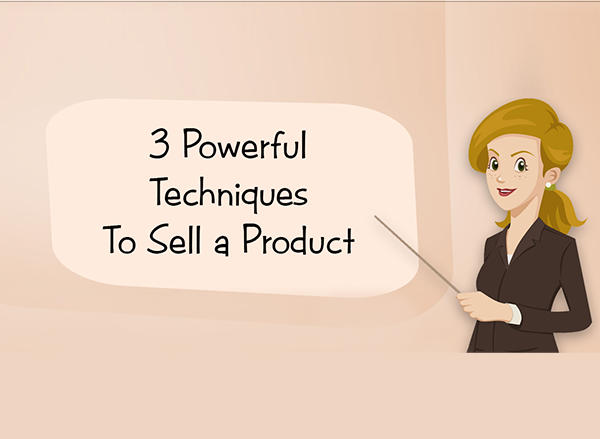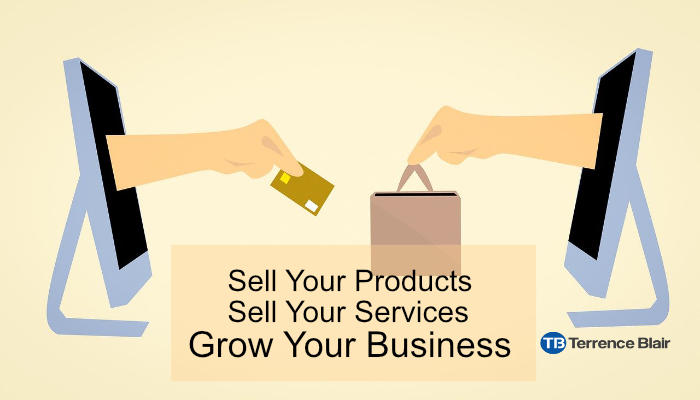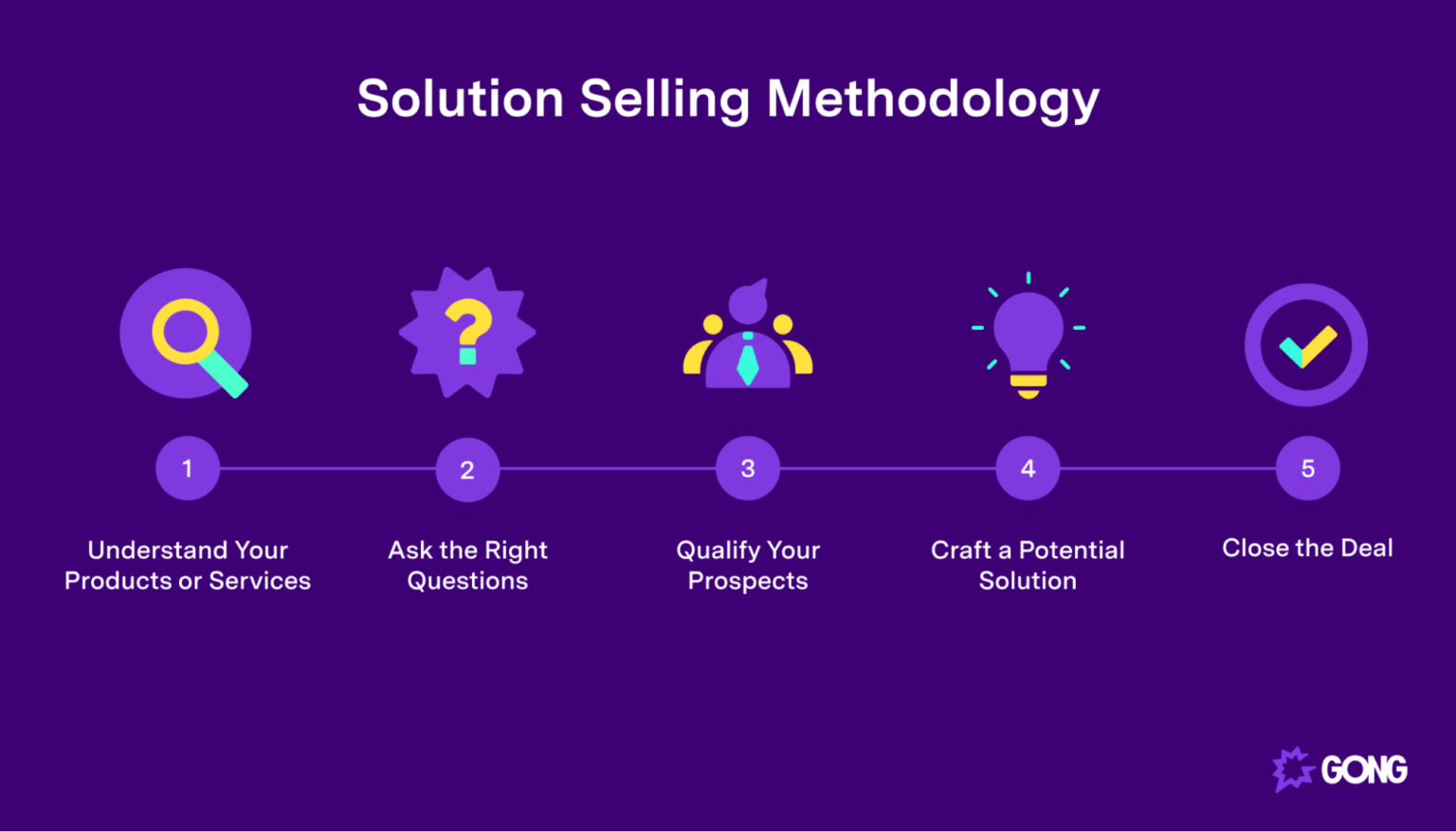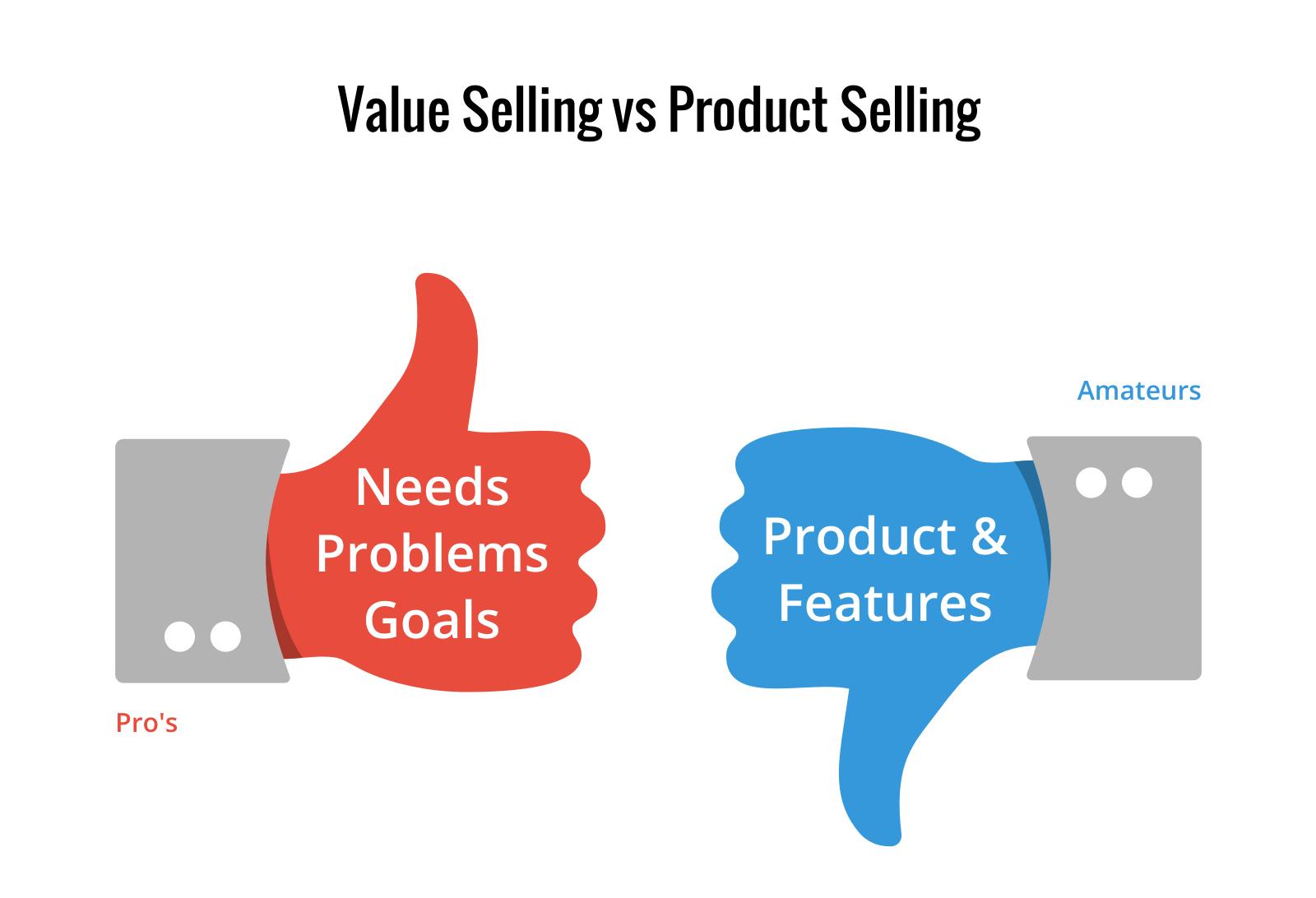Unlocking the Power of "Why": A Guide to Selling Your Product or Service
![]()
You’ve poured your heart and soul into creating something special. Whether it’s a tangible product or an intangible service, you believe in its value. But how do you translate that passion into a compelling narrative that resonates with potential customers and drives them to purchase? That’s where the magic of "features and benefits" comes in.
Think of it this way: Your product or service is like a beautiful house. The features are the bricks, mortar, and windows – the tangible components that make up the structure. The benefits are the warmth, comfort, and security that those features provide – the intangible, emotional experiences that truly make the house a home.

To truly sell your product or service, you need to go beyond simply listing features. You need to connect those features to the benefits they offer, painting a picture of how your product or service will improve your customer’s life.
Let’s break down this concept further, using a fictional example:
Imagine you’re selling a high-end, custom-designed kitchen cabinet system.

Here’s a list of potential features:
- Solid wood construction: Durable, high-quality materials.
- Customizable design: Endless possibilities for layout, finishes, and hardware.
- Soft-close drawers: Smooth, quiet operation.
- Integrated lighting: Illuminates the work space for ease of use.
- Lifetime warranty: Peace of mind and long-term value.



Now, let’s transform these features into compelling benefits:

- Solid wood construction: Benefit: Invest in a kitchen that will stand the test of time, a testament to your discerning taste and commitment to quality. Emotional Connection: This kitchen will be a legacy piece, passed down through generations, a symbol of your family’s history.
- Customizable design: Benefit: Create a kitchen that reflects your unique style and personality, a space that truly feels like home. Emotional Connection: This kitchen will be a sanctuary, a place where you can express your creativity and gather with loved ones.
- Soft-close drawers: Benefit: Enjoy a kitchen that operates smoothly and quietly, a space that promotes peace and tranquility. Emotional Connection: This kitchen will be a haven, a place where you can relax and unwind after a long day.
- Integrated lighting: Benefit: Work with ease in a brightly lit kitchen, making cooking a joy and fostering a sense of productivity. Emotional Connection: This kitchen will be a source of inspiration, a place where you can create delicious meals and share them with loved ones.
- Lifetime warranty: Benefit: Enjoy peace of mind knowing that your investment is protected, a testament to our commitment to your satisfaction. Emotional Connection: This kitchen will be a source of comfort, knowing that it’s built to last and will be there for you for years to come.



The Importance of Understanding Your Ideal Customer
Before you start crafting your sales pitch, it’s crucial to understand your ideal customer. Who are they? What are their needs, desires, and pain points? What motivates them to make a purchase?

For example:
- Are you targeting homeowners who are passionate about design and want a kitchen that is both beautiful and functional?
- Are you targeting busy professionals who need a kitchen that is efficient and easy to use?
- Are you targeting families who need a kitchen that is durable and safe for children?


Once you understand your ideal customer, you can tailor your messaging to their specific needs and desires.
Here are some key questions to ask yourself:
- What are the biggest challenges your ideal customer faces?
- What are their goals and aspirations?
- What are their values and priorities?
- What are their fears and anxieties?
- What are their motivations for making a purchase?
Identifying the "Why" Behind Your Product or Service
Now that you understand your ideal customer, it’s time to delve deeper into the "why" behind your product or service. What problem does it solve? What need does it fulfill? What value does it bring to the customer’s life?
For example:
- If you’re selling a time-tracking software, the "why" might be to help businesses improve productivity and efficiency.
- If you’re selling a fitness tracker, the "why" might be to help people achieve their fitness goals and live healthier lives.
- If you’re selling a custom-designed kitchen cabinet system, the "why" might be to create a beautiful, functional, and personalized space that enhances the customer’s home and lifestyle.
Crafting a Compelling Sales Pitch
Once you’ve identified the "why" behind your product or service, you can start crafting a compelling sales pitch that resonates with your ideal customer. Here are some tips:
- Start with the problem: What challenge does your product or service solve? What pain point does it address?
- Introduce the solution: Explain how your product or service solves the problem and provides a solution.
- Highlight the benefits: Focus on the tangible and intangible benefits your product or service offers. Connect those benefits to the customer’s needs and desires.
- Use storytelling: Share stories and testimonials from satisfied customers to demonstrate the value of your product or service.
- Call to action: Encourage the customer to take the next step, whether it’s visiting your website, requesting a quote, or making a purchase.
Here are some additional tips for crafting a persuasive sales pitch:
- Use strong verbs and vivid language.
- Focus on the customer, not yourself.
- Keep it concise and easy to understand.
- Use visuals to capture attention and illustrate your points.
- Be authentic and genuine.
Examples of Feature-Benefit Combinations:
- Feature: High-definition camera on a smartphone. Benefit: Capture stunning photos and videos, sharing your experiences with friends and family in breathtaking detail.
- Feature: Noise-canceling headphones. Benefit: Immerse yourself in your favorite music or podcast, blocking out distractions and creating a serene listening experience.
- Feature: Organic ingredients in a skincare product. Benefit: Nourish your skin with natural, wholesome ingredients, promoting a healthy, radiant complexion.
- Feature: Customizable software platform. Benefit: Tailor the software to your specific needs, streamlining your workflow and increasing productivity.
Remember: The key to selling your product or service is to connect with your customer on an emotional level. By highlighting the benefits that your product or service provides, you can create a compelling narrative that inspires them to make a purchase.
Beyond the Sales Pitch: Building Long-Term Relationships
Selling your product or service is just the beginning. To build a successful business, you need to cultivate long-term relationships with your customers. Here are some tips for doing so:
- Provide exceptional customer service.
- Go above and beyond to meet their needs.
- Stay in touch and build a community.
- Seek feedback and continuously improve your product or service.
Conclusion:
By understanding your ideal customer, identifying the "why" behind your product or service, and crafting a compelling sales pitch that highlights the benefits, you can unlock the power of "features and benefits" and drive sales. Remember, the key is to connect with your customers on an emotional level and demonstrate how your product or service will improve their lives. By building long-term relationships with your customers, you can create a thriving business that stands the test of time.

